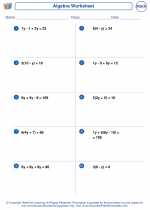Triangular Tessellation
A triangular tessellation is a repeating pattern of triangles that completely covers a plane without any gaps or overlaps. This type of tessellation is created by using one or more types of triangles, which are then arranged in a way that they fit together perfectly without leaving any spaces.
Properties of Triangular Tessellation
1. Regular tessellation: In a regular triangular tessellation, the same type of equilateral triangles are used to cover the entire plane.
2. Semi-regular tessellation: In a semi-regular triangular tessellation, different types of equilateral triangles are used in a repeating pattern to cover the entire plane.
Study Guide
To understand and work with triangular tessellations, it's important to grasp the following concepts:
Triangle Types
Understand the properties of different types of triangles, such as equilateral, isosceles, and scalene triangles. In triangular tessellation, equilateral triangles are commonly used due to their equal side lengths and angles.
Angle Properties
Learn about the interior angles of triangles and how they add up to 180 degrees. This knowledge will help in understanding how triangles can fit together in a tessellation pattern.
Geometric Transformations
Study transformations such as translation, rotation, and reflection. These transformations are used to create the repeating pattern of triangles in a tessellation.
Regular vs. Semi-regular Tessellation
Understand the difference between regular and semi-regular tessellations. Regular tessellations use a single type of triangle, while semi-regular tessellations use a combination of different triangles in a repeating pattern.
Creating Tessellations
Practice creating triangular tessellations using grid paper or digital drawing tools. Experiment with arranging triangles to form different patterns and designs.
By understanding these concepts and practicing with triangular tessellations, you'll develop a strong foundation in working with geometric patterns and tessellations.
[Triangular Tessellation] Related Worksheets and Study Guides:
.◂Math Worksheets and Study Guides Eighth Grade. Solving linear equations
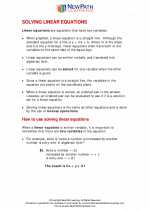
 Worksheet/Answer key
Worksheet/Answer key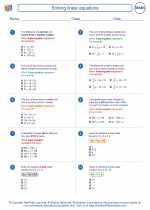
 Worksheet/Answer key
Worksheet/Answer key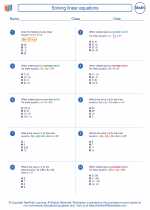
 Worksheet/Answer key
Worksheet/Answer key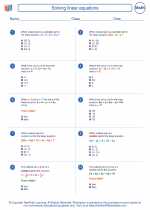
 Worksheet/Answer key
Worksheet/Answer key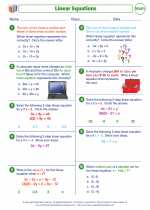
 Worksheet/Answer key
Worksheet/Answer key